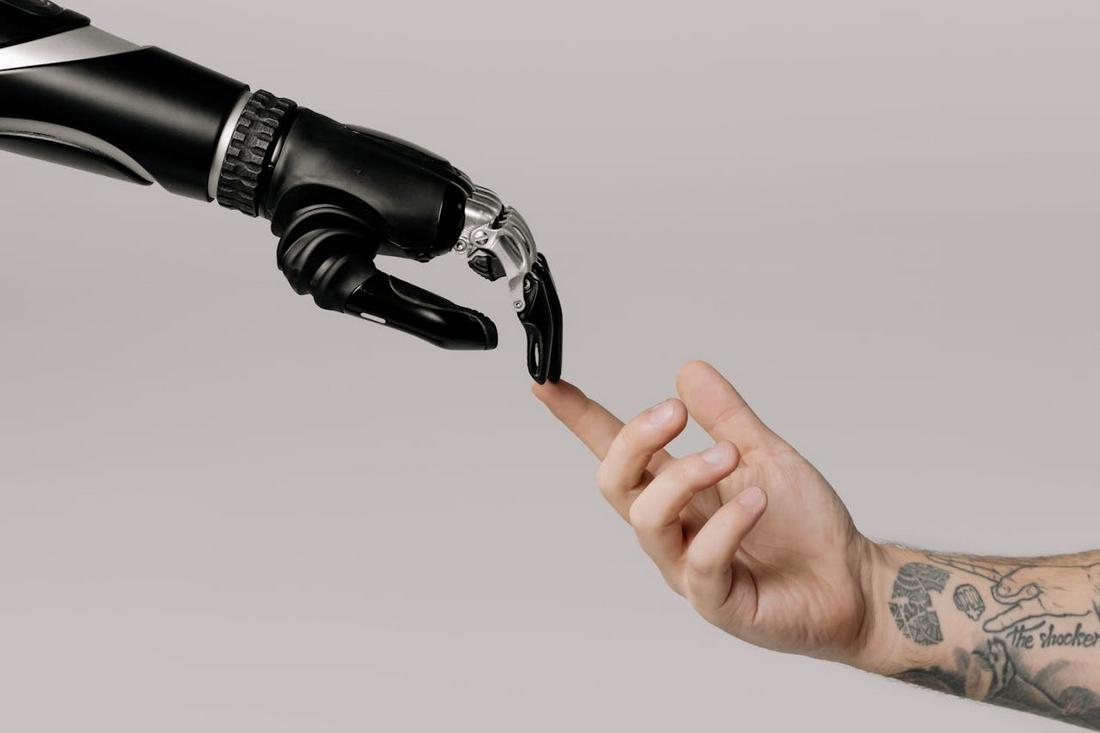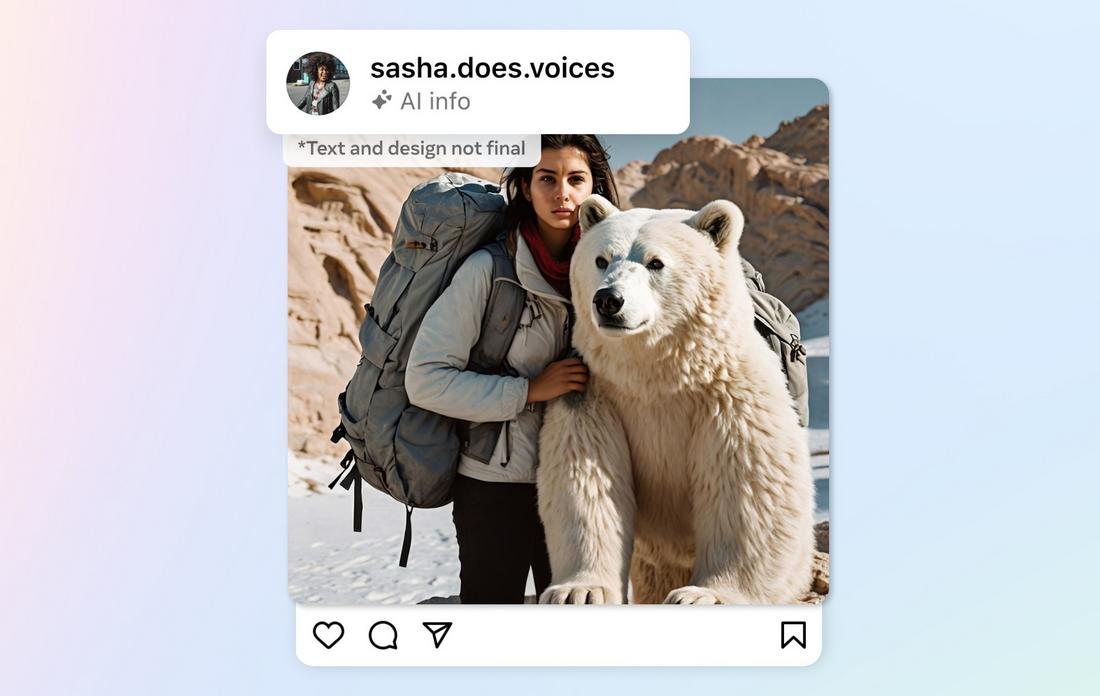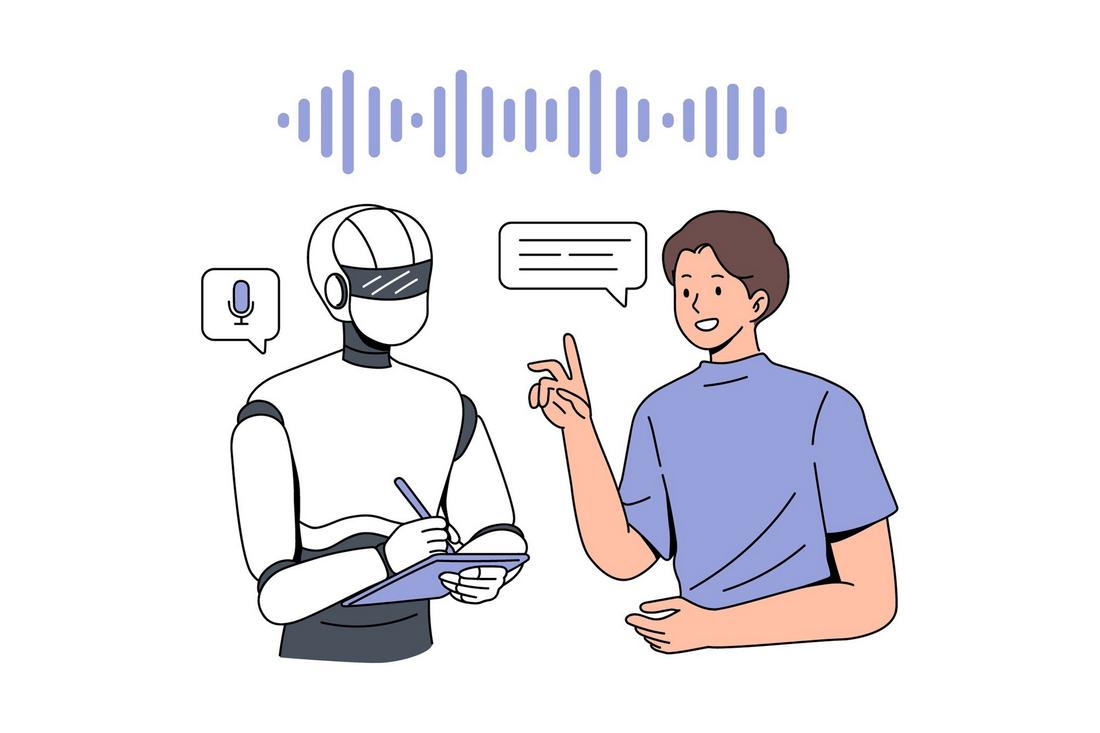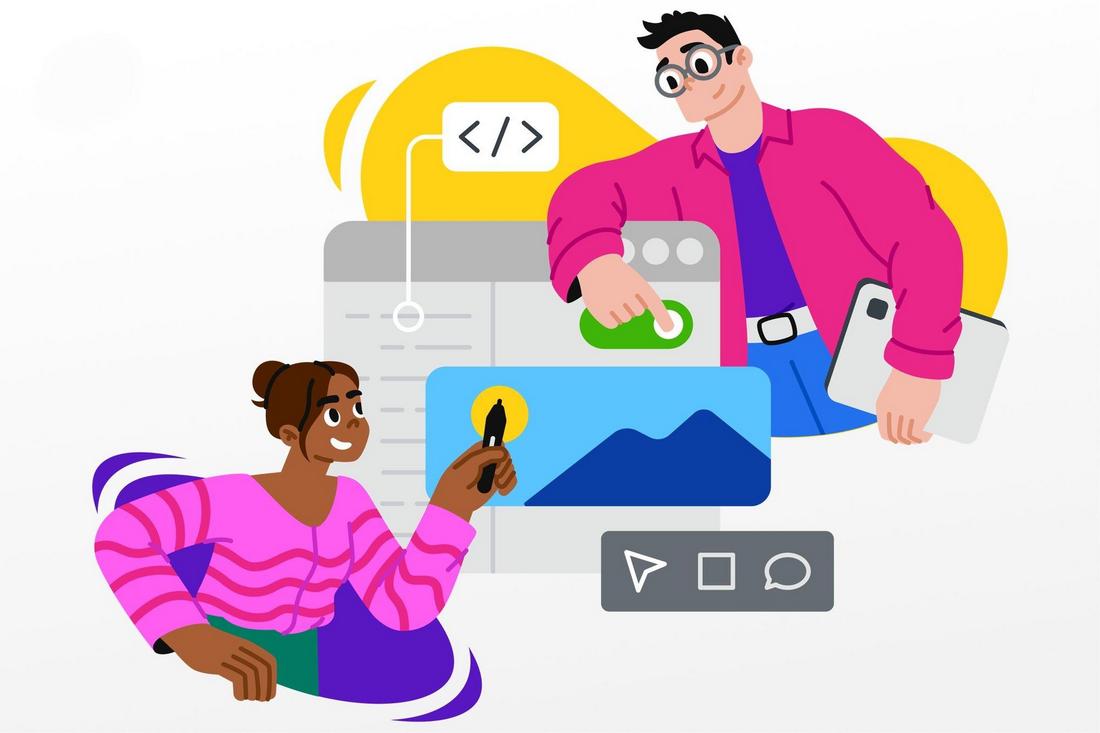AI-Generated Social Media Content: Creative Shortcut or Brand Killer?
AI-powered tools can now generate social media posts, captions, and even graphics in seconds, offering businesses a fast and cost-effective way to maintain a consistent online presence.
But does this efficiency come at the expense of creativity and brand authenticity?
AI-generated content presents both opportunities and risks. While it can streamline workflows and enhance productivity, it may also lead to generic messaging, lack of originality, and diminished brand identity.
In this post, we’ll explore when AI can be a helpful creative shortcut and when human input is essential to maintaining a brand’s voice and authenticity.
The Rise of AI in Social Media Content Creation

AI-driven tools like ChatGPT, Jasper, Copy.ai, and Canva’s AI design features have made it easier than ever to create social media content.
This resulted in a rapid rise of AI-generated content on social media platforms. Even the biggest platforms, such as Meta, started tagging these posts to make a clear distinction between original and AI-generated content on its platforms.

However, that didn’t stop users from using AI tools to grow their content creation process. Especially brands looking to save time and resources have turned to AI to automate content production.
42% of marketers utilized generative AI for social media copy purposes, while 39% used this type of software for social media image creation – Statista.
But, it’s important to remember, that not all AI-generated content is created equal.
When AI is a Creative Shortcut

Generating Bulk Content Quickly
AI is ideal for producing a high volume of content in a short amount of time.
Brands that post frequently—such as e-commerce stores, media outlets, or social media influencers—can use AI to generate captions, descriptions, and hashtags at scale.
Optimizing for Engagement
Many AI tools are programmed to analyze past social media performance and recommend content strategies based on engagement metrics.
AI can suggest the best times to post, the most effective keywords, and trending topics that can help brands stay relevant.
Repurposing Existing Content
AI can take long-form content—such as blog posts, interviews, or reports—and transform them into digestible social media snippets.
This allows businesses to maximize their content without investing additional time in rewriting posts from scratch.
Maintaining Consistency
Brands with multiple content creators may struggle with maintaining a unified voice.
AI-generated content ensures that messaging stays consistent, making it easier for large teams to align with brand guidelines.
When AI Becomes a Brand Killer

Lack of Authenticity and Personality
One of the biggest risks of AI-generated content is that it can feel robotic, generic, or impersonal. Social media thrives on human connection, and followers expect brands to engage with them in a natural, relatable way.
Over-reliance on AI can strip content of personality, making it harder for brands to build genuine relationships with their audience.
Overused, Generic Messaging
AI tools pull from existing data and trends, which means they often produce content that feels formulaic.
If multiple brands in the same industry use AI-generated posts, they risk publishing similar captions, making it difficult to stand out.
Potential for Mistakes and Misinterpretation
AI doesn’t always understand context, tone, or cultural nuances. Without human oversight, brands risk publishing content that is tone-deaf, inaccurate, or even offensive.
This can lead to PR disasters that harm brand reputation and trust.
Limited Creativity and Emotional Connection
AI can generate technically sound content, but it lacks the emotional intelligence needed to tell compelling stories.
Great social media content often sparks emotions—whether it’s humor, empathy, or excitement. Human creativity is essential for crafting narratives that resonate on a deeper level.
Striking the Right Balance: AI and Human Creativity
While AI is a powerful tool, it should be used to enhance—not replace—human creativity. The most effective brands find a balance between automation and personalization.
When to Use AI

1. Brainstorming and Idea Generation
AI can serve as an excellent brainstorming assistant, offering content ideas, trending topics, and different variations of post formats.
It helps kickstart the creative process, but human refinement is necessary to bring unique brand storytelling into play.
2. Content Scheduling and Automation
AI excels at handling repetitive tasks like scheduling posts, distributing content across multiple platforms, and even A/B testing different headlines or captions to maximize engagement.
3. Generating Data-Driven Social Posts
When a brand wants to post engagement-based content, such as a recap of recent sales figures, AI can quickly transform raw data into visually appealing posts and reports.
4. Enhancing Customer Support Responses
Many brands use AI chatbots to handle customer service inquiries on social media.
While AI can manage frequently asked questions, human representatives should still step in for complex or sensitive interactions.
5. Creating Hashtags and SEO-Optimized Content
AI tools can generate keyword-rich hashtags and captions that improve social media visibility, making it easier for brands to reach a wider audience.
When to Rely on Human Creativity

1. Building Brand Personality and Voice
A brand’s identity is defined by its personality and the way it communicates with its audience.
Human writers and designers ensure that social media content aligns with the brand’s voice and maintains a personal touch.
2. Crafting Emotionally Driven Stories
Storytelling is a core element of engaging content, and AI struggles to create narratives that resonate emotionally.
Whether it’s a heartfelt customer success story or a humorous campaign, human creativity is key.
3. Handling Sensitive Topics
AI lacks the ethical judgment needed for delicate topics, such as crisis management, social issues, or personalized responses to customer complaints.
These require human sensitivity and discretion.
4. Creating Unique, Viral-Worthy Content
AI-generated posts tend to follow predictable patterns, making it difficult to craft truly viral content.
Human creatives can break the mold with unconventional ideas and trend-driven campaigns.
5. Engaging in Real-Time Conversations
Social media is a two-way conversation, and AI cannot replicate genuine engagement.
Human social media managers can respond to trends, join viral discussions, and create spontaneous content that AI simply cannot predict.
Conclusion
AI-generated social media content can be a powerful asset when used strategically, but it should never replace the human element.
The best approach is a hybrid model—leveraging AI for efficiency while ensuring human creativity remains at the core of storytelling and brand identity.
By striking the right balance, businesses can use AI as a creative shortcut without sacrificing the personal touch that makes their brand truly unique.